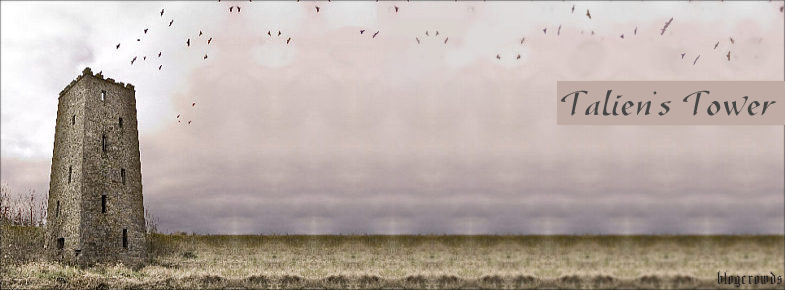Friday, November 10
NaNoWriMo Update
So I'm doing research on the technology behind my King in Yellow silent movie, the movie that makes people go nuts. And lo and behold, there's a patent for it!
United States Patent 4,717,343
Densky January 5, 1988
The present invention relates to methods for conditioning a person's unconscious thought patterns by having the person view a program of video pictures projected upon a screen in order to alter that person's behavior.
It is well established in medicine and science that the human mind operates on two planes, the conscious and the unconscious. That part of the human mind used for reasoning and communicating with full awareness by the individual and which also controls voluntary behavior such as talking and walking is called the conscious mind. The unconscious mind, sometimes referred to as the subconscious, controls those functions which take place without the person's awareness such as heartbeat, breathing, glandular action, and such involuntary reactions as appetite, tension and pain.
Hypnosis was one of the first techniques used to reach a person's unconscious mind. In the late 1800's hypnosis was used to trigger the release of the endorphins, an opiate-like substance manufactured and stored within the brain, to serve as anesthesia during surgery. More recently, hypnosis has been used to effect appetite control, smoking abatement, reduction of stress and depression, and painless childbirth. During the first half of the 1900's Dr. Milton Erickson introduced the use of structured linguistic patterns in hypnotic therapy.
In the early 1970's Richard Bandler and John Grindler pioneered neuro-linguistic programming in which the therapist auditorially (by voice) tells the patient to complete a certain mental exercise in his mind's eye in order to bring about behavioral change at the unconscious and conscious levels of the patient's mind.
Both hypnosis and neuro-linguistic programming are methods of conditioning a person's thought processes through sounds transmitted by voice.
Another method of affecting an individual's unconscious thought processes is subliminal suggestion. Audio subliminals consist of a human voice repeating auditory suggestions over and over, and the voice is "covered over" by a sound such as ocean waves which is the only sound the conscious mind hears. But the unconscious hears the voiced suggestions. Video subliminals inject written messages (such as "buy popcorn") at a rate of about one frame per second into a moving picture film. There are 24 frames per second in the standard movie or video and thus the subliminal message registers only on the unconscious mind. One suggested use of video subliminal suggestion is set forth in U.S. Pat. No. 3,278,676 granted Oct. 11, 1966.
Suggestions have also been made to use visual displays projected upon a screen as an addition to audio signals, electric shock signals or other sensory messages to assist a person to build up an aversion to an undesirable habit. One such suggestion is set forth in U.S. Pat. No. 3,782,006 granted Jan. 1, 1974. [MORE]
Labels: author news
posted by talien at
8:22 AM
![]()
![]()


0 Comments:
Post a Comment
Links to this post:
Create a Link
<< Home